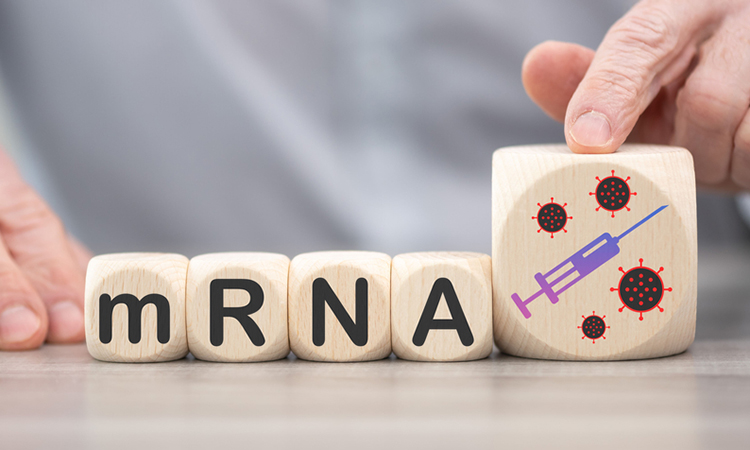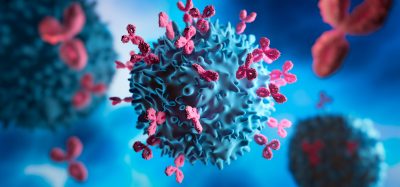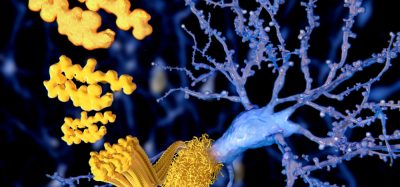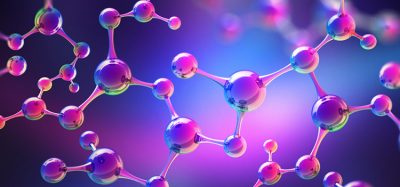Pure capped mRNA vaccine encourages more effective vaccine development
Posted: 5 July 2023 | Izzy Wood (Drug Target Review) | No comments yet
Japanese researchers have designed a pure capped mRNA vaccine which has shown a better protein production in the immune system.

A research group from Nagoya University, Japan has developed a method to produce highly active mRNA vaccines at high purity using a unique cap to easily separate the desired capped mRNA. This ‘Purecap’ technique extracted up to 100 percent pure Cap2-type mRNA, which showed 3-4 times better production of the protein that stimulates the immune system. These results open up the possibility of purer vaccines with a lower risk of inflammation caused by impurities. Their findings were published in Nature Communications.
mRNA vaccines have demonstrated their efficacy in combating coronavirus variants, raising hopes for their potential use as a cancer vaccine. However, impurities present in the vaccines have posed a challenge to this goal, as they can trigger immune responses and cause inflammation at the injection site, a common side effect of vaccination.
The introduction of impurities typically occurs during the capping stage of mRNA vaccine production. This stage involves the addition of a cap structure that improves mRNA translation and provides protection and stability. Ideally, a vaccine should contain 100 percent pure single-stranded mRNA since caps can only be added to single-stranded mRNA. Unfortunately, unwanted double-stranded mRNA may be present, reducing purity.
To address this issue, the researchers employed reversed-phase high-performance liquid chromatography (RP-HPLC), a technique that separates mRNAs based on their hydrophobicity or hydrophilicity, their tendency to repel or attract water.
The research group utilised the unique PureCap method, which involves introducing a hydrophobic tag during the capping stage. This tagged mRNA was easily separated using RP-HPLC. Subsequently, the tag was effortlessly removed through light treatment, resulting in a vaccine with 98-100 percent purity.
“We were very excited about the result when we saw on the chart that the RP-HPLC process had separated completely the capped and uncapped RNAs,” said Hiroshi Abe. “For a coronavirus mRNA, which is 4247 bases long, we successfully used the PureCap method to produce capped mRNA with over 98 percent purity.”
The research team focused on a group of cap structures called Cap0, Cap1, and Cap2, present in animal and plant cells. Cap2, although found in animal and plant cells, has been challenging to evaluate due to the unavailability of pure capped mRNA for fair testing.
“The Cap structure used in mRNA vaccines has so far been limited to Cap0 and Cap1 types. However, we used our technique to manufacture Cap0, Cap1, and Cap2-type structures,” explained Abe. “Highly purified Cap0, Cap1, and Cap2-type mRNA synthesised using the PureCap method showed lower immunostimulatory activity compared to mRNAs synthesised using conventional techniques, demonstrating their potential use in pharmaceuticals.”
Since viruses predominantly produce Cap1 mRNA, using Cap2 is expected to result in less stimulation of the immune system. This suggests that a vaccine incorporating Cap2 would be less likely to cause unwanted side effects, such as inflammation upon injection, while still effectively producing viral proteins.
The research group created Cap2 mRNA using the Purecap method and analysed its protein synthesis capacity. They discovered that Cap2 mRNA generated 3-5 times more protein than Cap1 mRNA, thus enhancing the immune response. Moreover, they demonstrated that their Cap2-type mRNAs elicited a lower inflammatory response compared to mRNAs synthesised using conventional techniques.
“Conventional mRNA vaccine production methods could not prepare capped mRNA with high purity, raising concerns about reduced protein synthesis and impurity-derived inflammatory reactions,” noted Abe. “The PureCap method solves these problems by selectively purifying only capped mRNA. Furthermore, the Cap2-type structure created using this technique is more efficient in protein synthesis and less irritating to the immune system.
This technique has the potential to improve the safety and efficacy of mRNA
Related topics
Immunology, microRNA, Protein, Vaccine
Related organisations
Nagoya University
Related people
Hiroshi Abe







